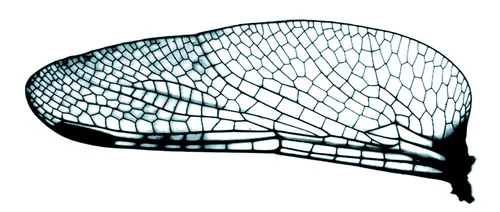Robust Skin – Simulation-based research into a material and process solution for damage-tolerant hybrid materials consisting of flexible foils and local reinforcement structures
At the Chair of Carbon Composites (TUM-LCC) a simulation methodology for efficient modeling of the structural-mechanical behavior of damage-tolerant hybrid materials for use in future urban aircraft is being developed.
Project Partners
Neue Materialien Bayreuth (NMB) GmbH, Airbus Defense & Space GmbH
Duration
01.03.2022 – 31.08.2023
Funding authority
Bayerische Forschungsstiftung (BFS)
Motivation
Aerodynamic surfaces of fast-flying aircraft are designed as load-bearing structures with high inherent stiffness. Monolithic fiber composite or sandwich skins are used to ensure minimal skin waviness under the flight and air loads and therefore to keep air resistance as low as possible during flight. This design also takes into account the robustness requirements with regard to impact events against the background of the high speeds. Slow-flying aircraft, in the context of future urban air mobility, have different requirements, which offers lightweight construction potential for new structural concepts. Bionic structures, consisting of a supporting structure and a membrane-like covering, such as that found on a dragonfly wing, represent a promising solution inspiration.
Method
The development of such hybrid structures requires the use of a suitable simulation method, which enables an efficient solution to be found for the large number of possible material combinations. For this purpose, a numerical multi-scale approach is being developed at the TUM-LCC. In addition to determining suitable material pairings for a resource-saving and robust lightweight structure, another focus is on computational time efficiency when calculating larger structures. For this purpose, homogenization approaches are examined and checked for their suitability. The other project partners NMB and Airbus take on the investigation of a suitable processing method for the hybrid structure and the consideration of environmental impacts over the course of the life cycle.

